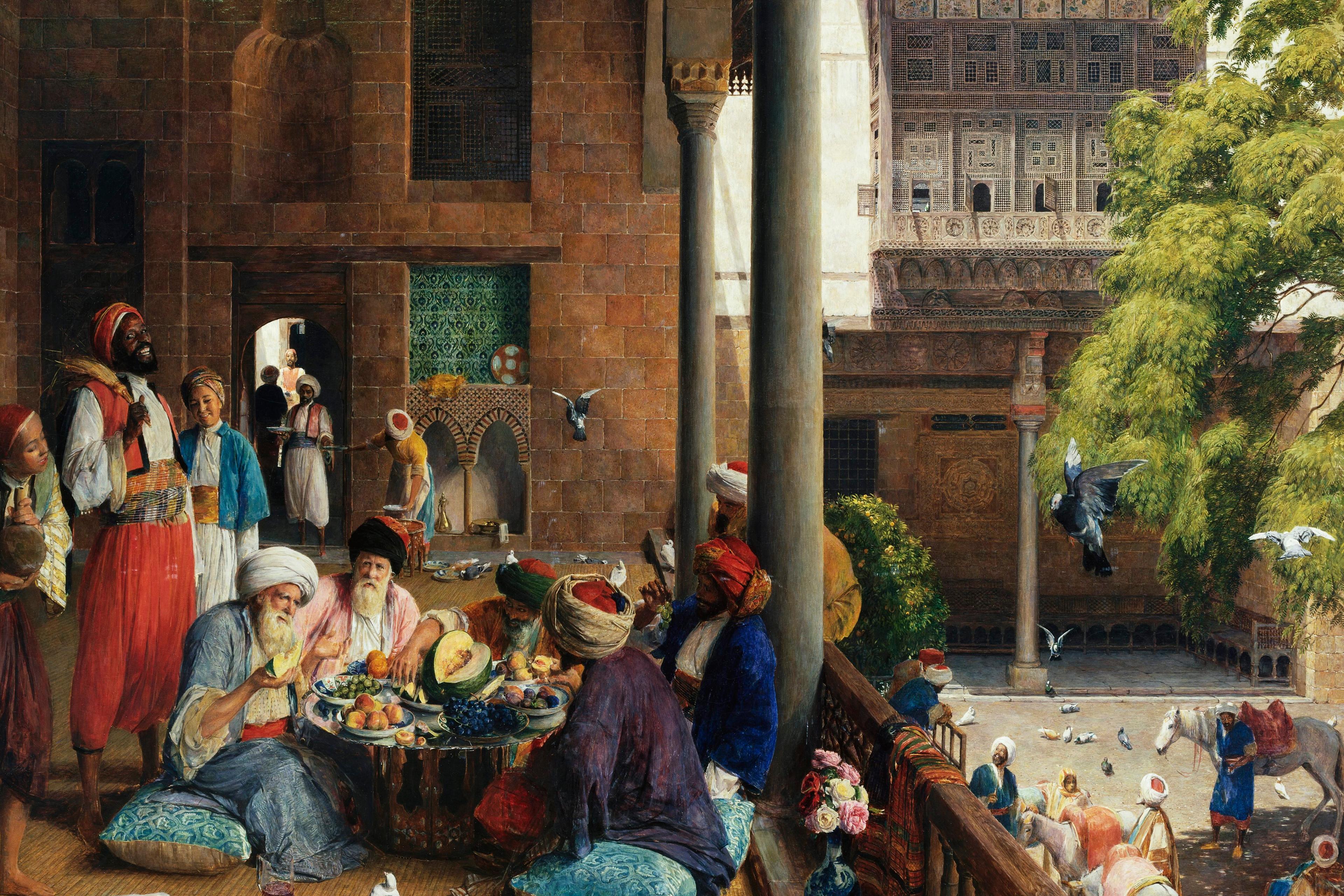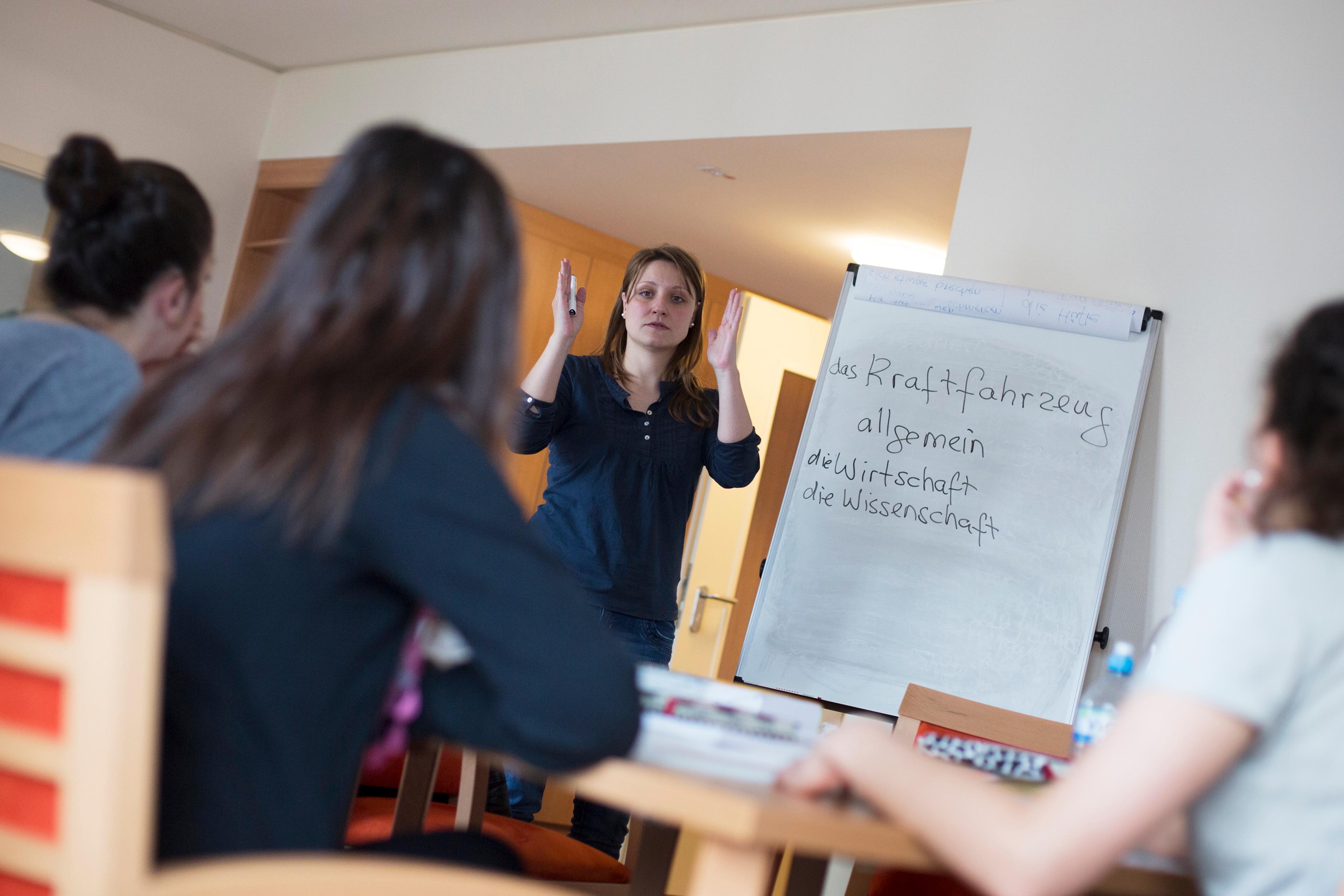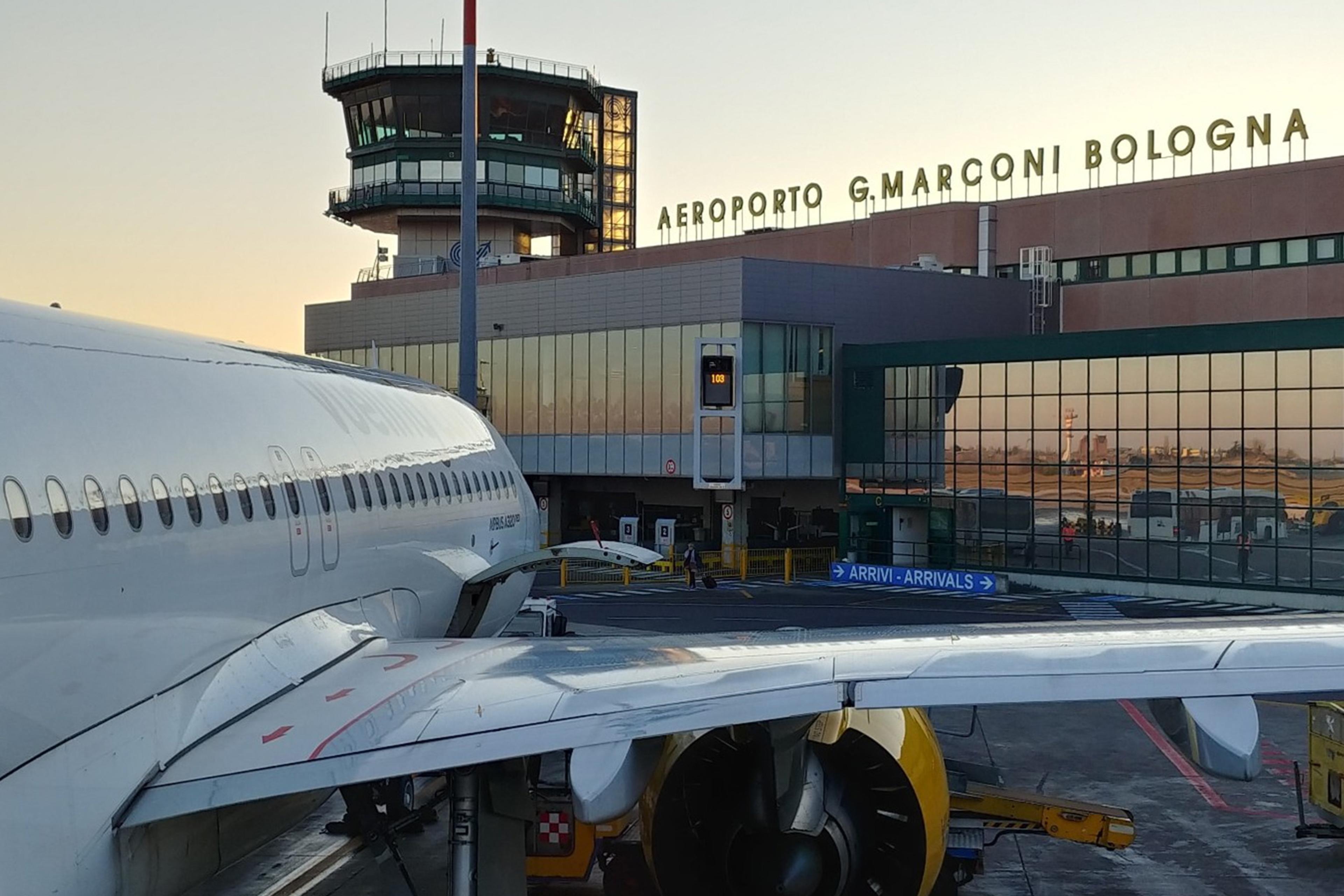As an evolutionary biologist, I see the history of species in my own body. In my spinal cord, I see half a billion years of evolution, starting with the flexible cord of a tiny proto-fish in the ancient Cambrian period; I see the steps backwards from my brain to the mere subtle thickening of the nerve cord at the front end of that same proto-fish.
In contrast with evolutionary biology, I have little formal training in linguistics beyond two classes in artificial intelligence approaches to language at the University of Vienna. The classes predated ChatGPT by decades and were held in a building that once housed a late-medieval monastery, which seems fitting in retrospect; the computer science of two decades ago feels akin to the Middle Ages.
Evolution is more like human language than computer science. It produces major changes in the lineages of animals and plants over hundreds of millions of years, and then occasionally goes into sprint mode, such as in the great African Rift lakes, where a rainbow of new species has evolved in only hundreds of thousands of years. The grand developments of human languages, likewise, can seem impossibly slow – and then suddenly race ahead. The early Indo-European and major language groups of modern Europe and South Asia saw slow, grand developments, yet they too can shift in a lifetime or less. I’m exhibit number one. My exceedingly international biography, with time spent living in Austria, the UK, Germany, the US, Japan, Australia and the Philippines, helped me see such shifts, and gives me more food for linguistic thought than a more stationary human language-user would ever see.
I’ll start with German, the official language of Austria, where I grew up. German in Austria is by no means a ‘pure’ Germanic language, but rather a mix of German, south-Slavic vocabulary and, especially in the Viennese dialect, Yiddish, the German dialect of the Jewish diaspora that emerged in the later Middle Ages.
Yiddish is an especially interesting input into the body of Viennese German: the language developed as a Germanic tongue more than 1,000 years ago as displacements of the Jewish people split it into eastern and western branches. The eastern branch of the Yiddish language developed in relative isolation from the rest of the Germanic languages. Then, in the 19th century, the pogroms in eastern Europe led many speakers of eastern Yiddish back to central Europe, where their vocabulary entered Viennese German. At a heavy metal concert, when my teenage self remarked at the kieberer (a Yiddish word loaned into Viennese for ‘police’, versus the ‘polizei’ of straight-up German), I was invoking a millennium of European language mixing.
I grew up speaking German, but it wasn’t quite my ‘mother tongue’. My mother is a (now retired) high-school English teacher, and her love always lay more with Shakespeare’s language than with Schiller’s. I enjoyed reading in English from a young age, and we spent a semester in England when I was seven years old. While I have an accent in my pronunciation of spoken English, it never felt like a foreign language to me. This turned out to be a good starting point for writing scientific manuscripts and popular science articles. Knowing a language in depth (while not being exposed to it in the critical period of language acquisition at the beginning of life) provides the speaker and writer with insights an actual native speaker might miss because their language production will be too automatic. While I am certainly not putting myself near the pantheon of Joseph Conrad and Vladimir Nabokov – both literary greats in a language of which they were not native speakers – I am almost sure they profited from the distance I mention above.
A few years ago, I decided to move to the Philippines. There are a number of pleasant aspects to life in this archipelago of 7,000-plus tropical islands and, for the fish biologist, there is no better place to stick your head underwater. Fish biodiversity is stunningly high around the coral reefs of the Philippines and, after a decade of diving the islands’ waters, I still find fish species new to me.
I spent a lot of time underwater, but not all. Love struck, and with it came the unique chance to learn one of the many Filipino languages from a native speaker up close.
My spouse grew up with Bisayan, the main language spoken in the central and southern Philippines. At its core, Bisayan is an Austronesian language, related to Indonesian and the languages of the Pacific Islands. However, centuries of Spanish colonial rule added a rich Romance language vocabulary – in unusual ways. Nouns were imported without adapting the Spanish grammar for creating plurals or adding articles. The Bisayan word for table is lamesa – the Spanish mesa, fused to la, the Spanish feminine definite article. Hence, ‘The table is high’ in Bisayan is ‘Taas ang lamesa’ – a sentence with the Austronesian article ang followed by the Romance article la, which was swallowed by the Spanish noun when it became a Bisayan word.
Conversely, there is still a Spanish creole language in the Philippines, Chavacano, which is spoken in the south of the island of Mindanao. This is a language akin to 19th-century Spanish, with a grammar different from modern Castilian Spanish, but nevertheless a Romance language. Separating Chavacano and Bisayan is a lengthy ferry ride and a day of travel over mountains and through areas not particularly safe for the outsider due to the decades-long religious-political strife for Muslim independence. The broken-up geography and politics of the Philippines has certainly contributed to the country’s great diversity in languages.
You will hear agitated chatter in Tagalog, interspersed with phrases and half-sentences in English
Since the Philippines were a US territory from 1898 to 1946, the English language gained a strong foothold in the country, extending US culture and soft power. The Filipinos, pragmatic people in action and word, liberally mix English into Tagalog (the national language of the Philippines) and Bisayan. The ATM machines often give the language options as ‘English’ and ‘Taglish’, the crossover idiom of English and Tagalog, instead of offering to show the menu in pure Tagalog.
English is the second official language of the Philippines, alongside Tagalog. As the language of the economically and politically powerful Americans, it has gained an especially strong following among the upper-middle and upper classes of the country. Well-off friends of mine speak to their children exclusively in English. If you listen to an interview with a celebrity actress in the capital Manila, you will hear agitated chatter in Tagalog, interspersed with phrases and half-sentences in English. I assume it’s the details of the history of a region that make communities of speakers either open to foreign influences, or dogmatic and insular when it comes to modifying their native language, such as the French-speaking Canadians, who strive to keep English out, even with legal means.
Just as Austrian German is distinct from German, Philippine English is a separate dialect, on a par with Australian, South African or American English. I would argue that due to its constant contact with a wide variety of Austronesian languages (there are hundreds more in addition to Tagalog and Bisayan), it’s more derived than these variants of English. In several cases, somewhat unusual uses of verbs were turned into nouns, creating newly coined words, proper neologisms. For example, while a ‘holdup’ is, comprehensible to any native speaker of English, a robbery, in Philippine English, a ‘holdupper’ became a term for a robber.
My favourite term in Philippine English is ‘double dead’. If your cow dies from pneumonia (dead once) and you don’t want to waste the meat, you just slaughter it anyway (dead twice), and cut it into steaks. The practice happens among the poor country folk who can’t afford to waste the effort they put into raising such a big animal. The term is honest and descriptive. It couldn’t be any clearer that the animal’s life is over; it’s dead not only once but twice. This is in stark contrast to many more recently coined terms in standard or American English: an ‘unsheltered person’ does nothing to paint a picture of a man with psychiatric problems, poor hygiene and no cash left in his pockets who was abandoned by his family and society. The term obfuscates, while ‘double dead’ vividly describes.
During the first three years of my son’s life, Austrian German from the southward movement of ancient Germanic tribes and borrowed Yiddish from the East converged with Bisayan, including the adoption of American and Spanish vocabulary in his mind.
At age three, he is comfortable in German, and somewhat less in Bisayan and English. If one of the three languages lacks a trick available in another, he adds it. He assigns new grammatical constructs to languages that don’t have them. Bisayan doesn’t have grammatical genders like German; there is only one gender-neutral article. This doesn’t deter our son: he made the Bisayan worm (das ulod) neutral, in an interesting contrast with the German worm (der Wurm, masculine). Once you start learning to speak German, you feel the urgent need to add gendered articles to words!
And Bisayan also received some Anglo-Saxon tenses from him: hilak, the Bisayan word for ‘crying’, became hilak-ing. There is no such verb form in Bisayan, to my knowledge. But just like with the German gendered articles, anyone who had got the taste for using the English ‘ing’ form in communicating will want to use it in any language they speak.
The scholarly literature on bilingualism is home to an agitated discussion of the benefits or harms of bringing up a child with two or more languages. Ideological divisions run deep in this literature. In my experience, children are extremely keen to express themselves, by whatever means possible, and they will handle more than one language quite naturally. To come back to our son, he knows, at age three, which set of grandparents to speak to in which language. The development of languages, with their mixing and reshuffling over the course of centuries, almost certainly builds on the dynamics of multilingual families.








